
Alcoholics know that one drink is too much and a hundred is never enough. That fact alone is enough for many alcoholics to maintain their sobriety. Yet, according to the National Institute on Alcohol Abuse and Alcoholism, nine out of 10 recovering alcoholics relapse at least once after treatment over four years.



Watching a loved one relapse into alcohol use after sobriety often leaves family and friends feeling helpless and not knowing what to do. They may wonder what triggered their relapse and ask themselves why they didn’t see it coming.
Choosing to drink is always the choice of the alcoholic, no matter what triggered the choice. Feeling guilty about not recognizing the signs of relapse does not allow family or friends the mindset to help their loved one as they would like.
Many don’t understand how one could be sober and then go back to drinking alcohol. Understanding what a relapse is and how it occurs may help family and friends better cope with their loved one’s addiction that they thought was behind them.
Triggers are cues that remind someone of a person, place, event, or experience that “switches on” a craving for alcohol. This activation convinces some alcoholics to test the waters after long-term sobriety. Others lapse into old patterns due to trigger events unique to their past. These trigger events can eventually evolve into a relapse.
Relapse is holistic – meaning that it is a combination of environmental, social, mental, and emotional triggers. These triggers work on an individual’s mind, body, and spirit to precipitate returning to alcohol.
Triggers are cues that remind someone of a person, place, event, or experience that “switches on” a craving for alcohol. This activation convinces some alcoholics to test the waters after long-term sobriety. Others lapse into old patterns due to trigger events unique to their past. These trigger events can eventually evolve into a relapse.
Relapse is holistic – meaning that it is a combination of environmental, social, mental, and emotional triggers. These triggers work on an individual’s mind, body, and spirit to precipitate returning to alcohol.
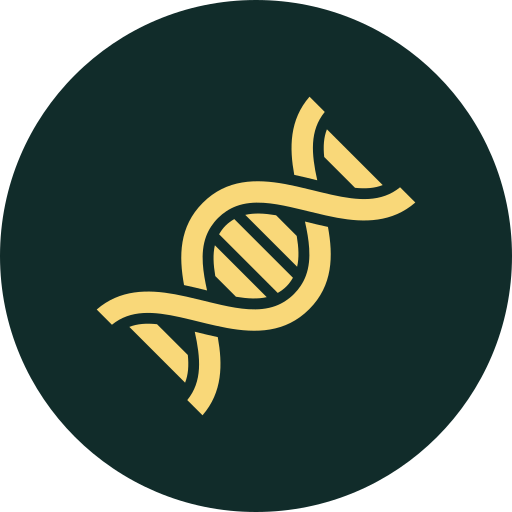
Every person lives in an environment that creates situations pressuring one to act in certain ways. These pressures can come from those around us or through the vast intake of all types of media or social networking.
These pressures, cues, or triggers can subtly – or blatantly – cause a loss of resolve that creates an environment ripe for relapse.
Examples may include:
Sobriety is a daily renewal of fighting against such temptations. Staying clear of such environments is key for the alcoholic to work to maintain their sobriety.

Stress, anxiety, depression, and other behavioral health disorders can make it difficult to cope with certain triggers that happen in life. The death of a loved one, job loss, or an argument with family or friends can precipitate drinking after sobriety. Even something seemingly harmless, like seeing alcohol ads on television, can spark emotional cravings. These cravings can lead to a psychological need for a drink.
Alcohol use disorder is a chronic disorder with no cure. But it is manageable with support. Relapse after a period of sobriety is not inevitable but can be part of the process.
It’s important to remember whatever triggers a loved one’s relapse. Relapse is a cumulative effect, happening over the course of three stages.
Educating oneself about the three stages of relapse helps family and friends discern what their loved one’s mindset is emotionally and mentally. They can understand relapse before they physically relapse into alcohol usage.
Often the emotional and mental stages will occur at the same time. Thus, making it difficult for all concerned to understand the framework of what is happening prior to a physical relapse. It is productive to separate the stages into three distinct categories to make them easier to understand.
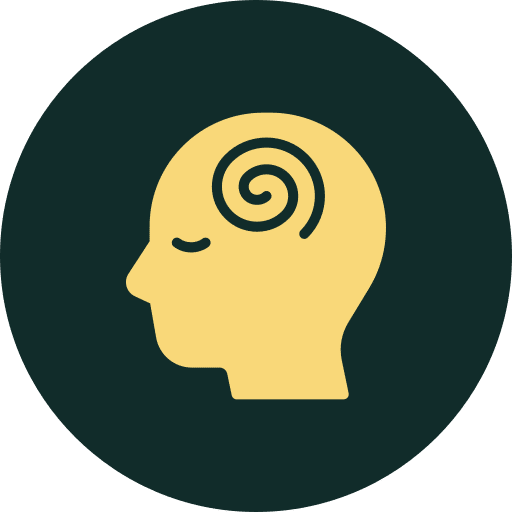
Emotional relapse is the first stage, whereas physical relapse has yet to take hold. The person may not even be thinking of drinking alcohol. However, emotions and behavior may be building the framework for relapse:
These are common at the emotional relapse stage. However, each person’s own situation makes this stage uniquely theirs. This may make it difficult for family and friends to recognize this stage as communication lessens.
Many struggling at this stage don’t yet realize that there’s an issue. Or they may deny the possibility of relapse completely.
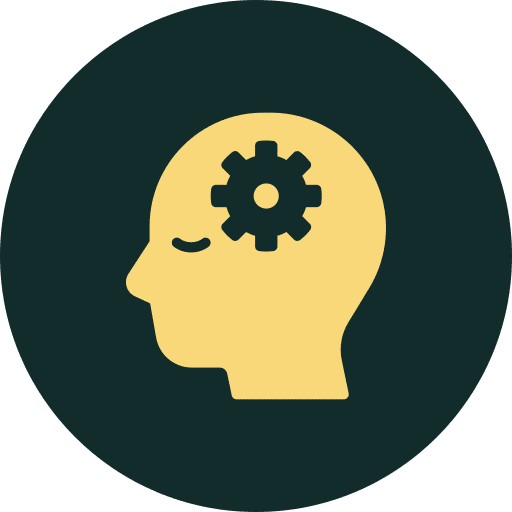
The tug-of-war that exists when emotional relapse transitions to mental relapse is a matter of conscious choice to return to alcohol use. Resistance wears down, and the thought of escaping to alcohol becomes more than a fleeting thought. If not addressed, mental relapse can lead to physical relapse and back into the throes of alcoholism.
Some of the mental processes may include:
The pull of alcohol addiction strengthens in stage 2. Some who have relapsed before may recognize the need to get help before physically relapsing.

The third stage is physical relapse. This is the stage where the alcoholic again becomes powerless over alcohol and begins to drink without control. They may have stopped going to support meetings or taking medication. They may become socially and emotionally isolated.
Alcoholism is both a biological and a psychological disease. Every alcohol addiction has common traits. But each person’s unique brain and body chemistry determines how that addiction affects them.
Think of the brain as a computer storing memories from past alcohol use. When a relapse occurs, access to those old memories can be pulled up. Once again, activating interruptions how the brain communicates with the rest of the body. Balance, memory, speech, resolve, and judgment are all affected by alcohol’s effects on the brain.
The liver metabolizes the sugars found in alcohol. A return to heavy drinking can cause fibrosis or a hardening of the liver. This can lead to cirrhosis of the liver, which is not reversible.
The bottom line is that alcoholism is a chronic disease of the mind and body. It has nothing to do with the person’s morality or with a lack of willpower. It has everything to do with brain chemistry.
So for some, relapse may inevitably be part of their recovery process. However, relapsing can be avoided and prevented when people are in recovery.
Families and friends often blame themselves for a loved one’s relapse. Alcoholics alone are responsible for taking that first drink that leads to relapse.
The most productive thing family and friends can do is to be proactive, not reactive. They should be proactive not only in regard to a loved one’s relapse but in taking care of themselves.
The relapse occurred. There is nothing anyone can do to change that. Shaming accomplishes nothing but makes the loved one feel further isolated and less apt to reach out for support.
They likely already feel powerless, without hope, and devastatingly bad about themselves. Reinforcing those feelings through shame is counterproductive.
Set clear boundaries that are both flexible and accessible. Setting healthy boundaries helps establish how one should be treated. It also allows one to understand how to recognize personal boundaries so that mental and physical self-care is possible – and necessary to one’s well-being.
Boundaries affecting both the user and the caregiver are unique to each situation. Here are a few examples:
Without boundaries, the risk of resentment towards family members rises. Being direct and assertive helps set clear boundaries that help abate that risk. First attempts at setting boundaries may have to begin small and gradually scale up.
tt can be difficult, so if help is needed, ask a professional for assistance. This is especially important when enforcing set boundaries becomes challenging.
Setting boundaries will help everyone concerned feel safer, have more energy for care, and promote positive emotions. Once limits are set, however, they must be followed through so that the consequences of crossing those boundaries are enforced.
It’s tough to navigate a relationship with someone who has relapsed into alcohol use. Chart the way forward, while also encouraging them and urging them to get help. When someone continues struggling with substance abuse professional help may be necessary. Treatment programs can help people build a foundation for long-term recovery.
Dealing with a loved one’s relapse takes its toll. Disappointment and anger hurt and may leave deep feelings of resentment and disillusionment. Seeking support through groups like Al-Anon allows loved ones a safe place to listen to others and talk about their needs.
Al-Anon supports those who have been affected by another person’s drinking.
If getting to a physical meeting is difficult, there are Al-Anon meetings available online.
Strong support systems and a relapse prevention plan can help prevent a relapse. Risk factors alone don’t mean a person will relapse. It is one’s response to these triggers that are the determining factor of relapse. Having a solid support system and a well-thought-out relapse prevention plan can help you positively cope and can significantly decrease the probability of a relapse.
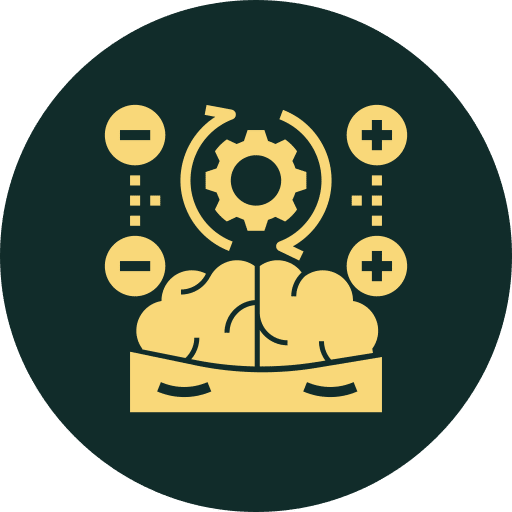
Identifying triggers helps one assess them and respond to them. If a loved one has relapsed before, those cues might be more apparent to family and friends, even if a loved one doesn’t recognize them.
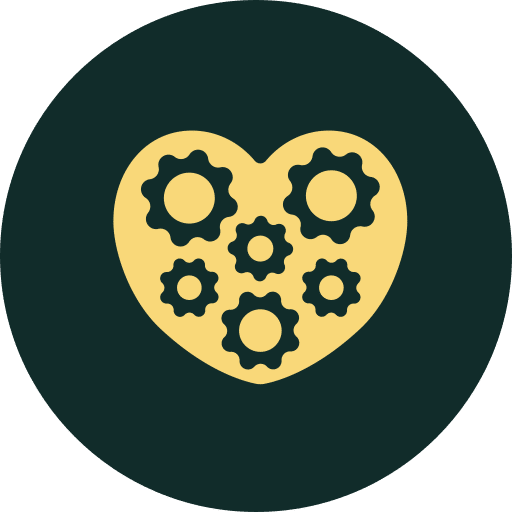
Cravings are normal and generally short-lived, usually lasting less than half an hour. They are part of the recovery process and do not mean that relapse is inevitable or imminent.
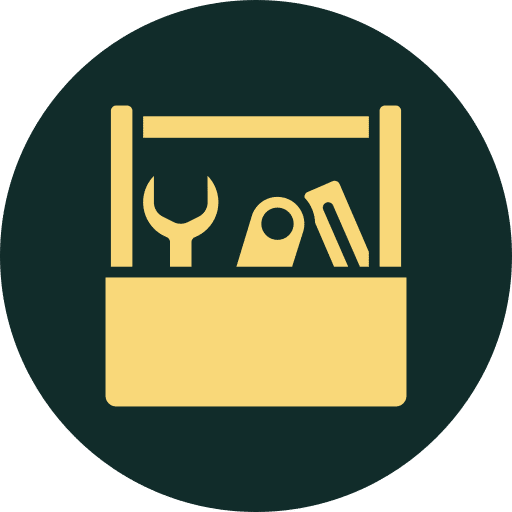
Family and friends of recovering alcoholics can help prevent relapse by understanding what relapse prevention tools their loved one may utilize. These tools start with self-awareness, an understanding of what triggers may precipitate a relapse and what the relapse stages are.
Relapse prevention tools are treatment strategies that can help avert relapse by eliminating high-risk thoughts and behaviors. These include medication coupled with Cognitive Behavior Therapy (CBT), positive reinforcement, and 12-step support programs like Alcoholics Anonymous, Al-Anon, and Alateen.
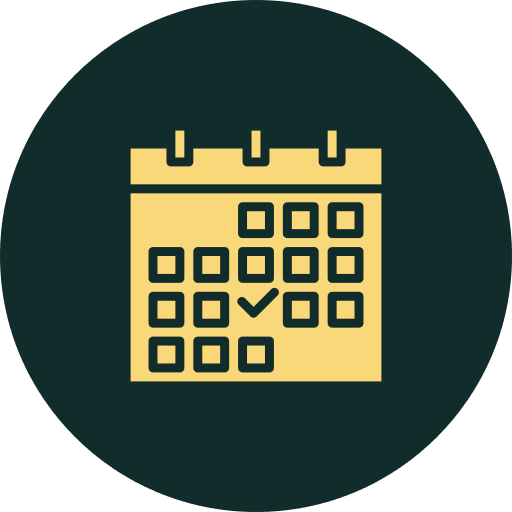
Mutual help or support groups help establish connections that allow for the free exchange of experiences. Not everyone has a strong support network at home. Support groups are different from outpatient aftercare groups in that it is easier to foster connections and relationships.
Support groups are known for their flexibility. Alcoholics Anonymous, Al-Anon, and Alateen often have multiple meetings at various venues throughout the day every day. If one meeting doesn’t work for you, another time and day might.
It is especially important to create a calendar of support group meetings to refer to as needed. Here’s how to locate meetings nationwide:
Pick up a statewide or local meeting booklet or list once that first meeting is attended. It is essential to maintain support even when there seems to be no immediate need so that relapse may be prevented.
Sobriety doesn’t need to end in relapse. If a loved one has relapsed into alcohol use after sobriety, there is help so that families need not feel alone in this journey.
New Method Wellness is a licensed, accredited treatment center located in Southern California specializing in treating substance use disorders like alcoholism in both inpatient and outpatient settings.
Our highly-skilled, interdisciplinary team of compassionate medical and psychiatric professionals use evidence-based treatments to help people heal their mental and behavioral health contributing to relapse.
Relapsing into alcohol addiction isn’t always inevitable. But we have options that can help both the person who has relapsed into alcohol use and the family and friends who love them.
Contact us today to learn more about our program options and how we can help get sobriety back on track.
“Alcohol and the Brain: An Overview.” National Institute on Alcohol Abuse and Alcoholism, www.niaaa.nih.gov/alcohols-effects-health/alcohol-and-brain-overview.
McCrady, Barbara S., and Julianne C. Flanagan. “The Role of the Family in Alcohol Use Disorder Recovery for Adults,” Alcohol Research Current Reviews. 6 May 2021.
National Institute on Drug Abuse. “Alcohol Facts and Statistics.” National Institute on Drug Abuse, 22 Mar. 2022, nida.nih.gov/publications/drugs-brains-behavior-science-addiction/treatment-recovery.
“Relapse Prevention and the Five Rules of Recovery.” National Library of Medicine, 3 Sept. 2015, www.ncbi.nlm.nih.gov/pmc/articles/PMC4553654.
“The Cycle of Alcohol Addiction.” National Institute on Alcohol Abuse and Alcoholism, 2021.
“Understanding Relapse.” National Institute on Alcohol Abuse and Alcoholism, alcoholtreatment.niaaa.nih.gov/support-through-the-process/understanding-relapse.
From all of us at New Method Wellness co-occurring treatment center, we wish you peace and serenity in knowing that you or your loved one will get the necessary help.
ACCREDITED BY:
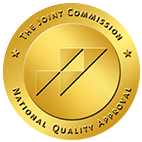
"*" indicates required fields
LOCATION
QUICK LINKS
TREATMENT PROGRAMS
RESOURCES
Privacy Policy | Sitemap – © 2025 New Method Wellness
New Method Wellness Is Not Affiliated With, Employed By, Or In Contract With Any Treatment Centers Or Providers.
We Do Not Accept Or Pay Any Fees Or Payments For Behavioral Health Referrals.
We Are Here To Support Families. This Is Our Focus.
"*" indicates required fields
"*" indicates required fields